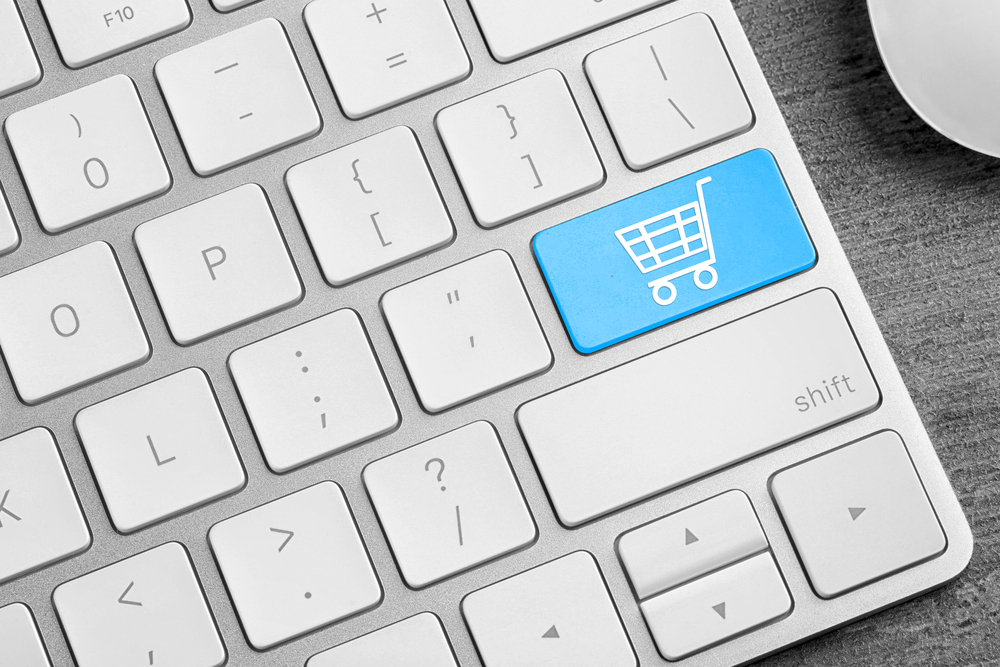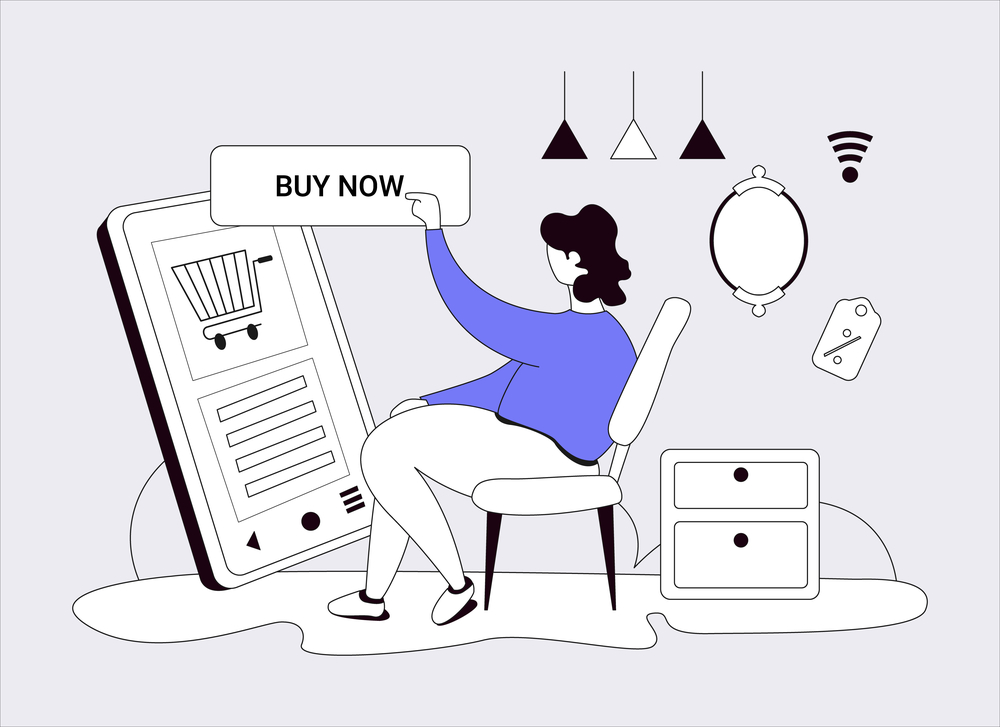Even if you’re new to wholesaling, you’ve likely already realized that there are some clear differences between retail and wholesale. One of those differences is in how to price wholesale products. The good news is that, if you’ve ever priced for retail, wholesale should be easy.
Unlike retail pricing, in which significant psychological or service considerations might need to be factored into the final figure, wholesale pricing strategies tend to be relatively simple.
How To Price Wholesale Goods: Basic Concepts
Pricing products for wholesale is all about understanding what other businesses want. If it helps, put yourself in your clients’ positions. What types of considerations would you want to ensure that your business was going to succeed?
It’s clear that your wholesale customers are going to want you to provide clear value for their companies. These desires should influence your pricing and merchandising strategies:
- Businesses want to be able to mark up your products for a retail market.
- Companies of various sizes will need different quantities of products.
- Clients want you to pass along some of the savings you secure by buying in bulk.
These are just a few examples. Generally speaking, you can determine how to price wholesale inventory by balancing cost with market conditions and business interests.
How To Negotiate Price in a Complex Business Environment
Obviously, some of your clients’ interests may directly oppose your own. Different pricing strategies can help in these types of cases.
For example, a client might want to have a high-percentage markup for one of your expensive products. If that markup exceeds the price a retail customer is willing to pay, then there are only two options. First, your client could lower their markup. Second, you could lower your price.
Imagine that you can’t lower your price without sacrificing an acceptable profit. Your client won’t lower their markup — they have other inventory that would meet their goals. It seems you’re at an impasse, but a flexible wholesale pricing strategy could save the day.
With bulk discounting, one of the oldest mercantile techniques, you could lower the price while also lowering costs, preserving your profit margin. Your client could secure the markup they need, so their retail customers could still afford the product.
The issue here is that reaching this point traditionally requires a fair amount of back-and-forth negotiation, which increases costs for both you and your client. A better way is to use a platform like Shopify with bulk discounting apps, allowing your wholesale customers to easily select the price tier they need to keep their business running.
How To Calculate Wholesale Price

Let’s back up for a moment and look at how to actually calculate your wholesale price. In essence, your bulk price should represent the cost of your merchandise plus the cost of any value you add to it. If you’re running an efficient business, everything you do will add value:
- Unpacking containers and pallets
- Packaging merchandise
- Packing and shipping orders
- Warehousing items
- Providing item descriptions and operating a website
It can be challenging to calculate the amount of value each of these practices adds. You can keep track of the time it takes you to unpack and shelve a shipment of parts, but how do you determine how much of your website cost contributes to the value of a specific article?
There are various ways to estimate, calculate, or arbitrarily choose your wholesale price. The key is to check any proposed price against your total costs. The price you charge should almost always be higher than your cost; it’s only on very rare occasions that you want to sell at a loss.
How To Choose an Appropriate Wholesale Markup Percentage
To simplify calculating wholesale prices, many companies simply choose a markup percentage. If you want to go this route, look at some retail prices in your industry and work backward to find the wholesale price. Here are some example retail markups for popular e-commerce categories:
- Consumer electronics, such as cell phones: 10%
- Jewelry and accessories: 50%
- Grocery and packaged food: 15%
- Clothing and fashion: 100-300%
In other words, a typical retail jewelry or accessory business, such as a company that sells necklaces, sunglasses, or earrings, would add half on top of the wholesale price. That would make your $400 wholesale necklace into a $600 retail necklace.
In this pricing strategy, wholesale markup percentages are however much it takes for your costs to rise to standard wholesale prices.
How To Calculate a Wholesale Price Using Standard Retail Markups
Remember that your wholesale price represents 100% when you look at retail markups; the retail markup is what the retailer adds to that 100%. Therefore, a clothing and fashion retail price is typically 200% to 400% of wholesale, a grocery retail price is 115%, and so on.
Using this method should help you get a quick estimate of prevailing wholesale prices in your industry.
The next piece of the puzzle is your cost. Take the product cost and combine it with the value you add per item. Compare that sum to the standard wholesale price, and you should have the percentage wholesale markup for your merchandise.
This is also a good way to determine whether a bulk purchase is a recommended move for your company. If your projected costs are higher than the standard wholesale price, it might be hard to make money reselling those items.
How To Price Wholesale Professionally and Easily on Shopify

With so many case-by-case considerations, it can be difficult to manage all of your prices across your entire inventory. That’s especially true with Shopify — this platform is powerful for most things, but it’s something of a mystery how anyone can figure out how to price wholesale goods with its limited business-to-business default toolset.
Going in and changing items one by one is not a viable option, nor is having every wholesale client contact you directly for specialized bulk pricing. The solution: Download our apps today to extend your capabilities, automate repetitive tasks, and cement your image as a professional wholesaling operation.









